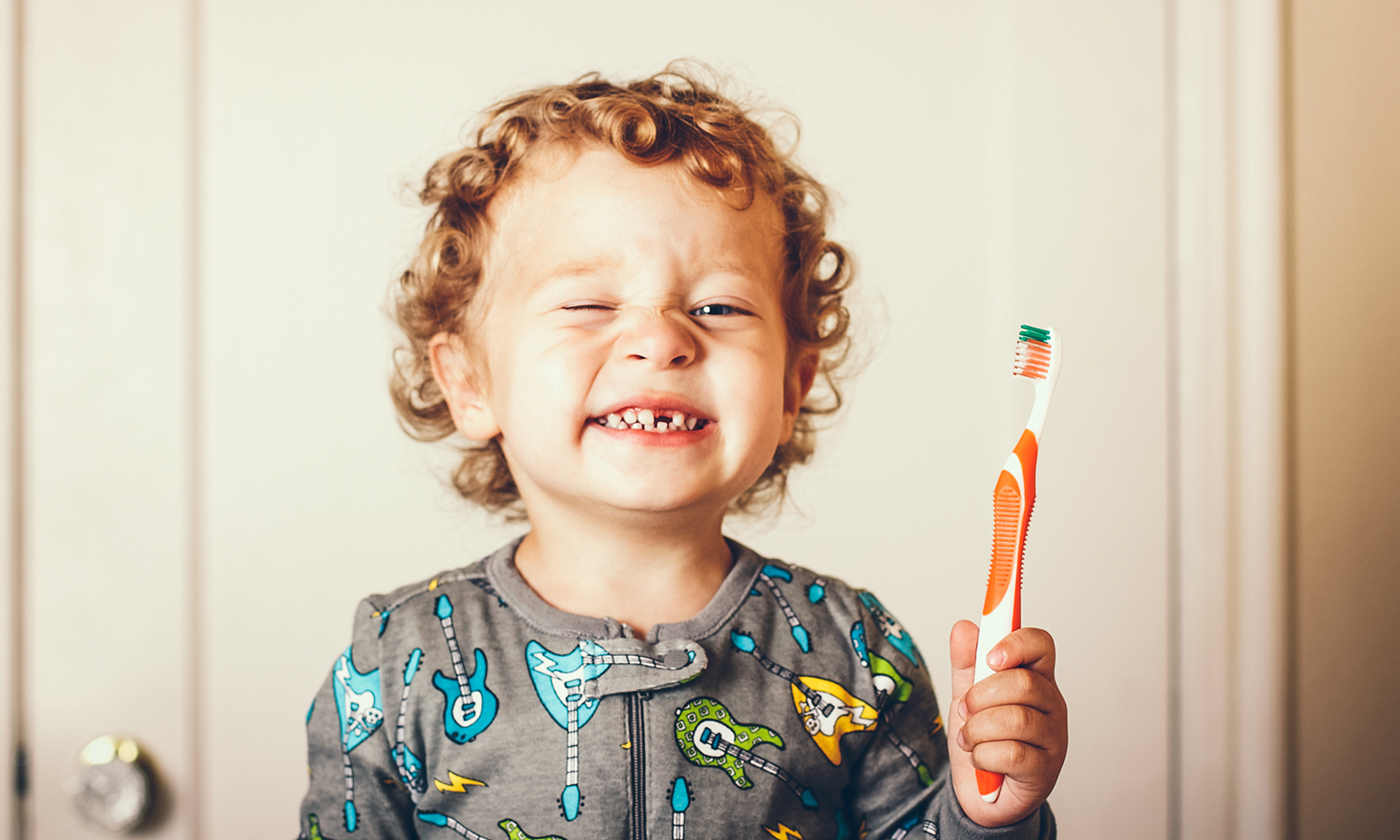Like what you see?
Sign up to receive more free parenting advice.
Thank you for subscribing to our newsletter!
Child Development

Credit: iStock.com/CaseyHillPhoto
A new study has found that one in three children have tooth decay by the time they start school, but it’s not our genes that predispose us to the decay.
Lead researcher of the paper, published in Pediatrics, Dr Mihiri Silva, from the Murdoch Children’s Research Institute is a pediatric dentist.
“I treat young children with tooth decay and it’s very common for some parents to think their young children are ‘destined’ to get tooth decay. They say, ‘We have a long family history of it’,” Dr Silva says.
But the researchers’ study, which looked at the teeth of 173 sets of identical and non identical twins (from in utero through to age six) found that genetics didn’t appear important in terms of tooth decay.
“We compared identical and non identical twins to see if the differences in susceptibility to tooth decay were due to genes or environment. We found that genes didn’t appear to be that important, it was mostly environmental factors,” Dr Silva says.
The study collected data about twins at 24 and 36-weeks’ gestational age, at birth and at 18 months and six years of age. Questionnaires about the mother’s weight, illnesses, medication use, vitamin D levels, stress, alcohol intake and smoking were collected during pregnancy. Research also included a dental examination at age six.
Tooth decay is also the leading cause of preventable hospital stays for Australian children.Dr Mihiri Silva
Stay up to date with the latest news and articles from First Five Years
Thank you for subscribing to our newsletter!
Tooth decay and overweight mothers
In addition to looking at genes and environment, researchers searched for other risk factors that may increase children’s susceptibility to decay.
“We did find that maternal obesity was a risk factor,” Dr Silva says.
Dr Silva says the link between the mother’s health and lifestyle during pregnancy and the child’s future dental health was “not entirely surprising”.
“We know there are a lot of shared risk factors between obesity and tooth decay. The most obvious is diet, but there are other things too like socio economic status and various other factors that might play a role,” she says.
Dr Silva notes that the relationship between maternal obesity and child tooth decay is complex.
“Perhaps the mother’s weight has a biological influence on the developing foetus or perhaps the risk of decay rises because of increased sugar consumption in that household,” Dr Silva says.
Environment and children’s teeth
While environmental factors hold the key to looking after children’s teeth, where we live does have an impact.
“Some of these are things we may be able to control, but there are things we can’t, for example whether our tap water has fluoride,” Dr Silva says.
The key? First, tooth brushing with an age-appropriate fluoridated toothpaste.
“There’s a lot of evidence out there that shows this really makes a difference in reducing tooth decay,” Dr Silva says.
Diet, of course, is another important factor.
“The intake of sweet drinks and snacks makes a big difference to whether we get tooth decay,” she says.
If fluoridated tap water is available using it (rather than something bottled) is another easy way to minimize tooth decay.
“These are all simple things we can do and basics that we know have been quite clearly proven by many scientific studies to make a difference,” says Dr Silva.
Tooth decay and other health issues
Dr Silva says tooth decay was a serious health problem that goes beyond the health of our teeth alone. There is a clear link between child cavities and developing diabetes and cardiovascular disease later in life.
“Tooth decay is also the leading cause of preventable hospital stays for Australian children,” Dr Silva said.
Dr Silva says that one in three Australian children have tooth decay by the time they start school. While the figure is high, what worries experts like Dr Silva more is that this figure has been trending upwards.
“There was quite a reduction in tooth decay back in the 1970s when fluoride in our water was introduced. But we have seen that slowly the levels of tooth decay have increased,” Dr Silva says.
She says it’s hard to know the underlying cause of the concerning trend.
“Is it that we have started to have more sugar in our diet? Is it that we are becoming more complacent? Is it a generation of parents who didn’t have tooth decay and are no longer appreciating the risks?” Dr Silva says.
For very young children, severe tooth decay often means a hospital visit.
“It’s very hard to do that treatment in a dentist’s chair,” Dr Silva says.
Parents also need to remember that it’s not enough to assume that their child’s “baby teeth will fall out” so what happens to them isn’t overly important. This is especially the case for our back teeth.
“Those teeth don’t come out until you are twelve. Parents often forget that. That’s a long wait if there’s decay there as a three-year-old,” Dr Silva says.
Caring for your children’s teeth
Babies:
Start teeth brushing when they break through the gums. A little toothbrush with bristles is fantastic. Dentists recommend brushing twice a day at this age. You don’t need to use toothpaste before your child is 18 months old.
Toddlers:
Continue brushing twice a day, using a low fluoride toothpaste. Most common brands at the supermarket will have a low strength option.
Preschoolers:
Continue using a low fluoride toothpaste until children are six years old. At this age children will often be very keen to brush themselves.
“Let them have a go, but we ask parents to assist until children are seven or eight years old. Every child is different but we usually say they should start brushing alone around the same time they get their pen licence at school,” Dr Silva says.







